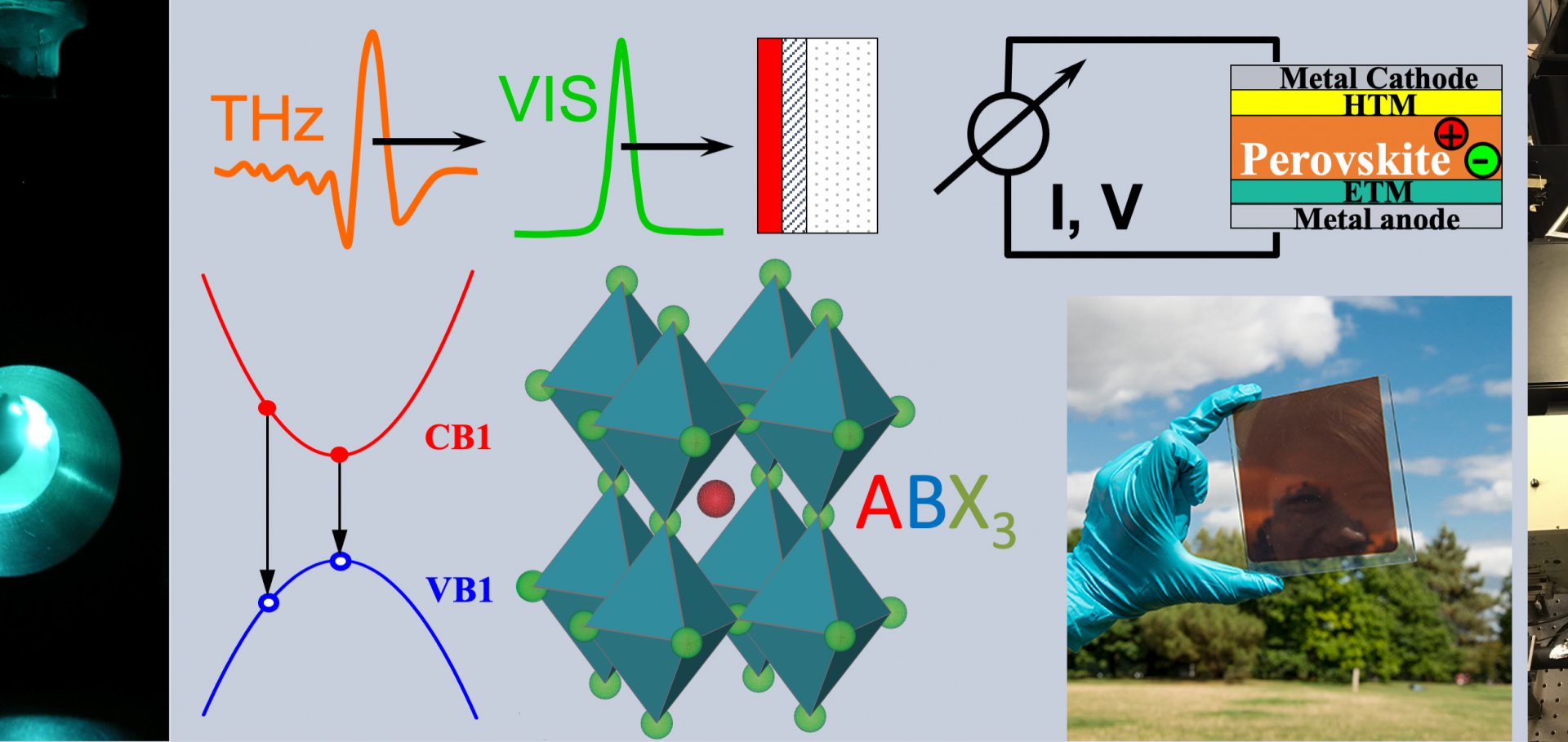Self-assembly of Russian doll concentric porphyrin nanorings
Journal of the American Chemical Society American Chemical Society 137:39 (2015) 12713-12718
Abstract:
Electronic communication between concentric macrocycles with wave functions that extend around their circumferences can lead to remarkable behavior, as illustrated by multiwalled carbon nanotubes and photosynthetic chlorophyll arrays. However, it is difficult to hold one π-conjugated molecular ring inside another. Here, we show that ring-in-ring complexes, consisting of a 6-porphyrin ring locked inside a 12-porphyrin ring, can be assembled by placing different metals in the two rings (zinc and aluminum). A bridging ligand with carboxylate and imidazole binding sites forms spokes between the two rings, resulting in a highly cooperative supramolecular self-assembly process. Excitation is transferred from the inner 6-ring to the outer 12-ring of this Russian doll complex within 40 ps. These complexes lead to a form of template-directed synthesis in which one nanoring promotes formation of a larger concentric homologous ring; here, the effective template is an eight-component noncovalent assembly. Russian doll templating provides a new approach to amplifying the size of a covalent nanostructure.Temperature-dependent charge-carrier dynamics in CH3NH3PbI3 perovskite thin films
Advanced Functional Materials Wiley 25:39 (2015) 6218-6227
Abstract:
The photoluminescence, transmittance, charge-carrier recombination dynamics, mobility, and diffusion length of CHCharge-Carrier Dynamics and Mobilities in Formamidinium Lead Mixed-Halide Perovskites
Advanced Materials Wiley (2015) n/a-n/a
Abstract:
The mixed-halide perovskite FAPb(BryI1–y)3 is attractive for color-tunable and tandem solar cells. Bimolecular and Auger charge-carrier recombination rate constants strongly correlate with the Br content, y, suggesting a link with electronic structure. FAPbBr3 and FAPbI3 exhibit charge-carrier mobilities of 14 and 27 cm2 V−1 s−1 and diffusion lengths exceeding 1 μm, while mobilities across the mixed Br/I system depend on crystalline phase disorder.Terahertz Spectroscopy of Modulation Doped Core-Shell GaAs/AlGaAs Nanowires
Institute of Electrical and Electronics Engineers (IEEE) (2015) 1-1
Identification of a triplet pair intermediate in singlet exciton fission in solution.
Proceedings of the National Academy of Sciences of the United States of America National Academy of Sciences 112:25 (2015) 7656-7661


